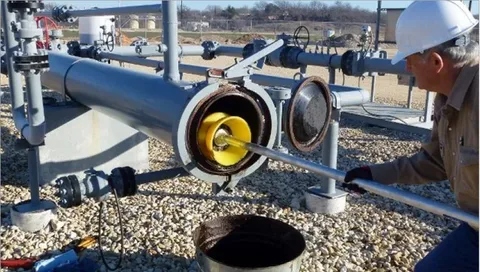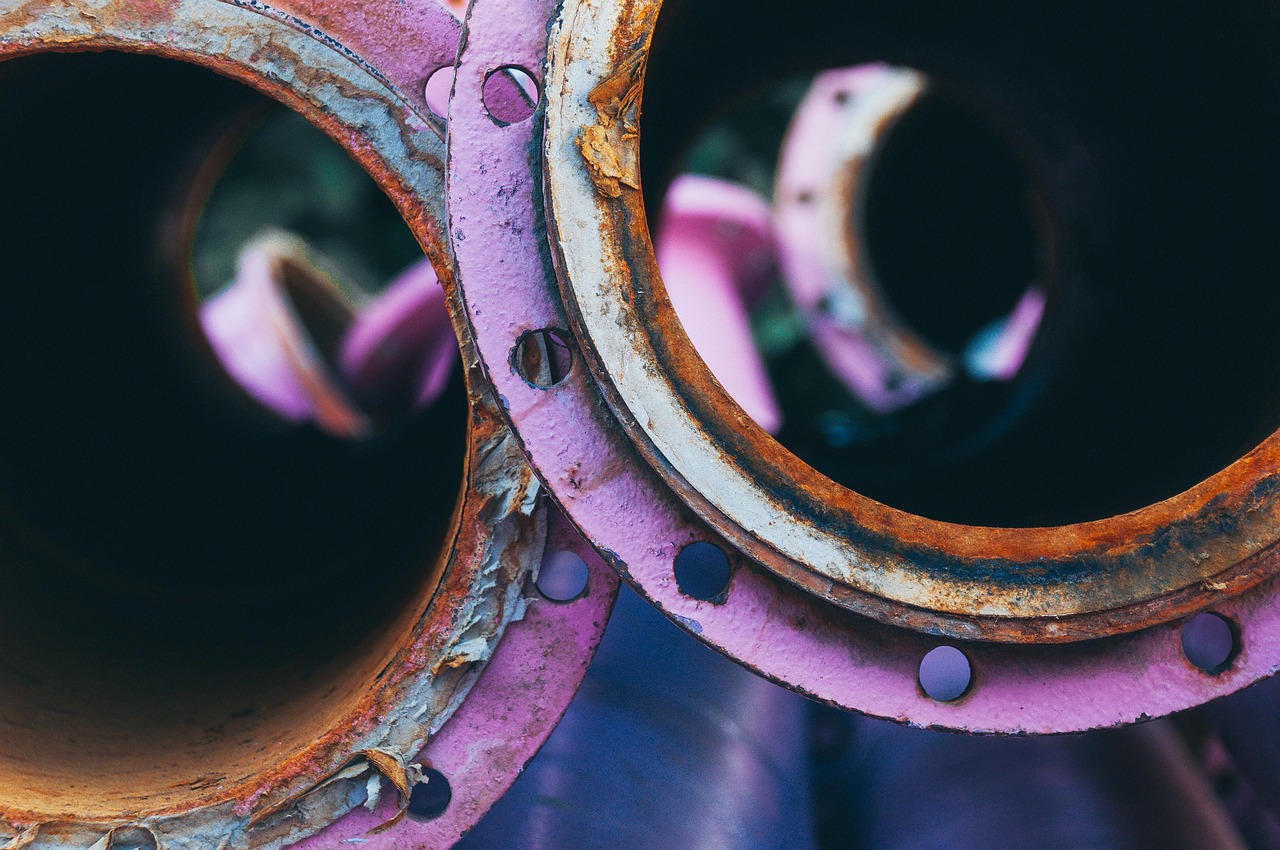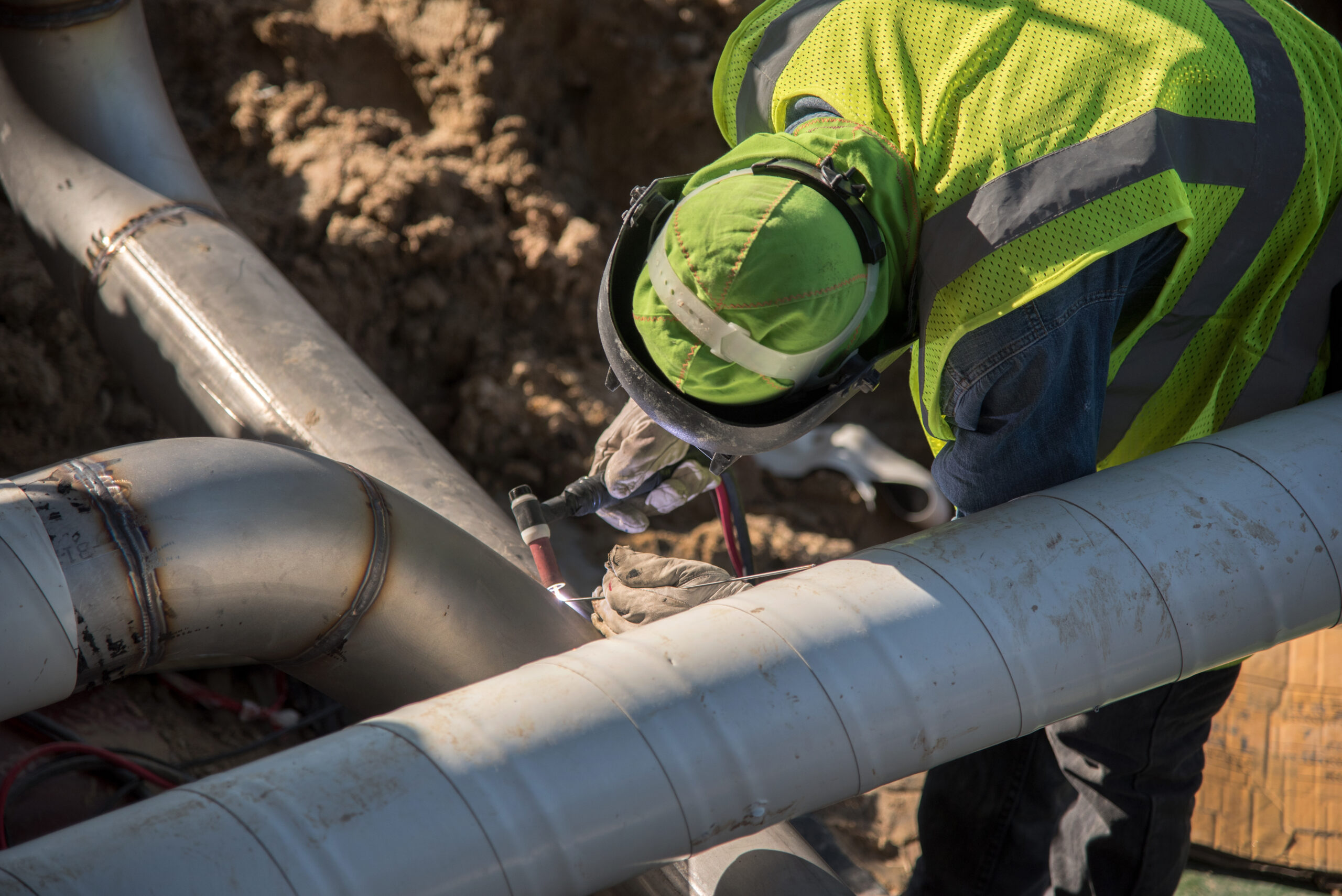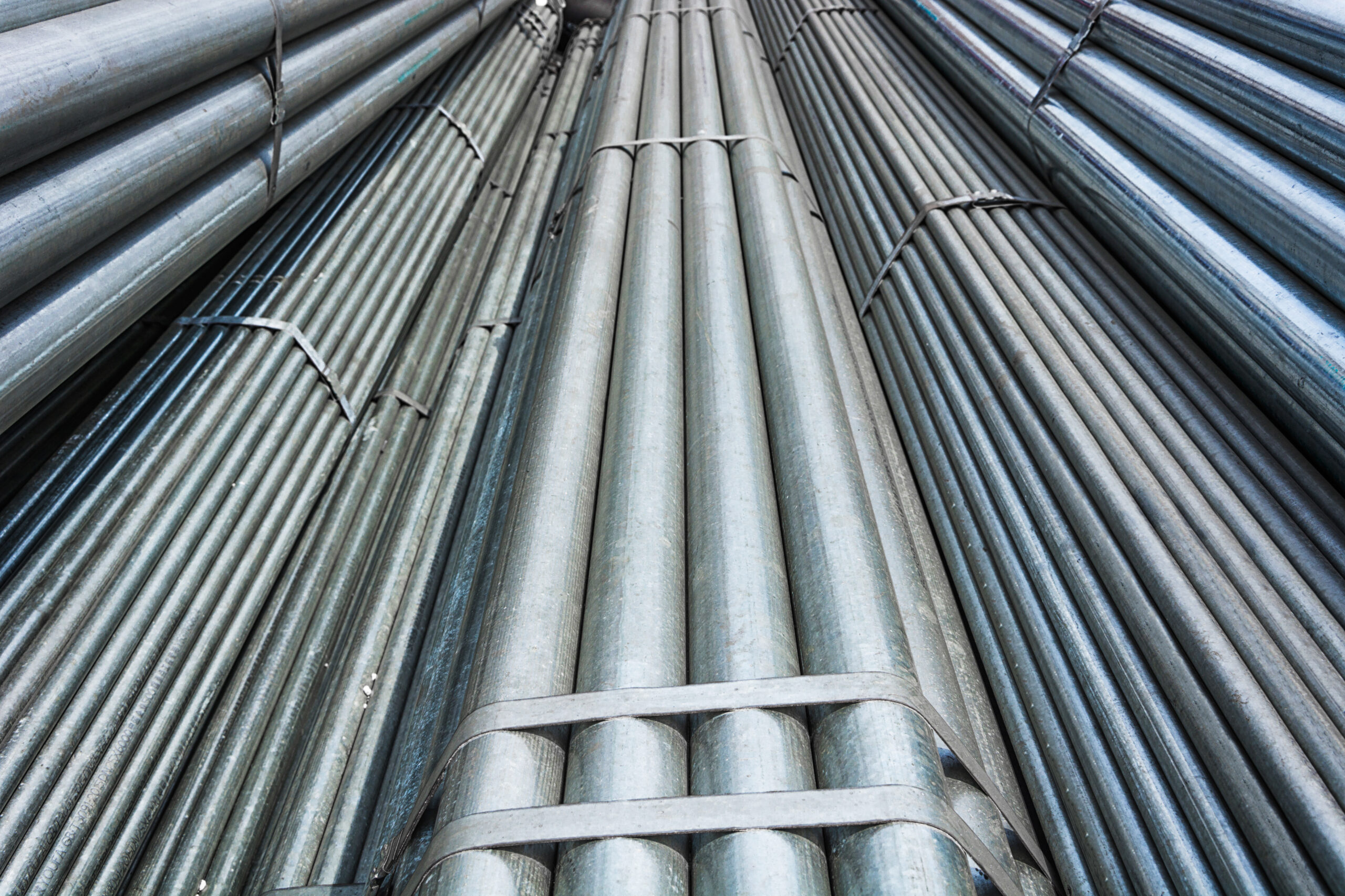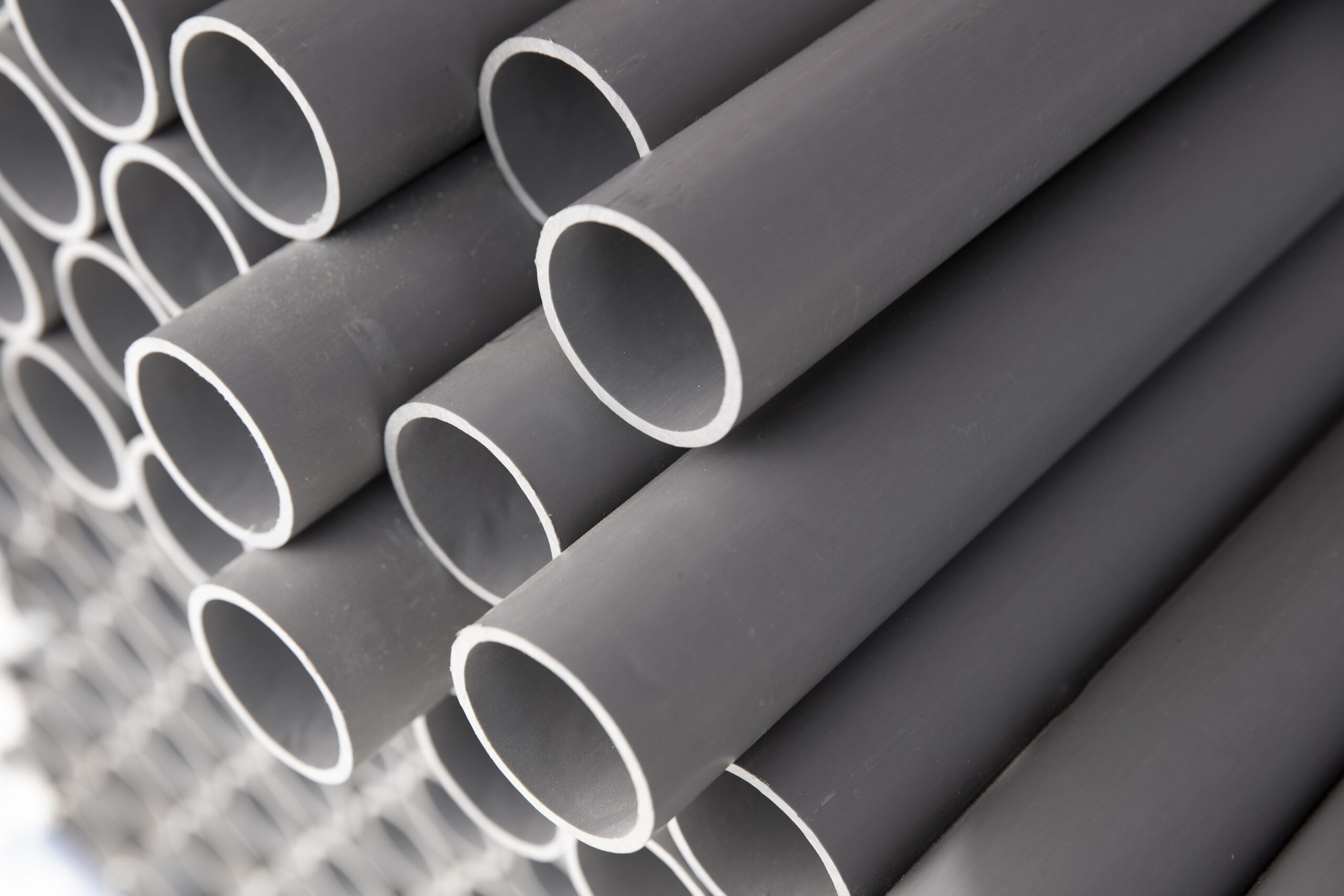If you work in the oil and gas industry or are just interested in learning more about it, then you’ve probably heard about pipeline pigging. But what exactly does this process entail? How does it work? And how can it help your company save money on repairs and downtime?
Pipeline pigging is a method of cleaning, inspecting, and maintaining pipelines used to transport oil and gas. While pipeline pigging has been used for many years, it is only recently that its true potential has been realized.
In this blog post, we will explore what pipeline pigging is and why it’s become so important to the energy industry. We will also discuss the benefits of using pipeline pigging and the various technologies used to make it more efficient and effective. So, keep reading if you want to learn all about pipeline pigging!
Types Of Pipeline Pig
Pigs come in many different shapes and sizes, each designed for a specific purpose. The most common pigs used in pipeline pigging are:
Inspection Pigs
Inspection pigs are used for the internal inspection of pipelines. The inspection pigs can be either magnetic, electromagnetic, or ultrasonic pigs. Magnetic pigs are used to detect corrosion while electromagnetic and ultrasonic pigs are used to locate leaks in pipelines.
Gel Pigs
Gel pigs consist of a solid material that flows through the pipeline like a fluid but remains intact once it reaches its destination. This solid material contains sensors that allow it to accurately measure pressure drop across different parts of the pipeline. The data collected by these sensors can be used to determine areas where corrosion may be present in a pipeline.
Utility Pigs
Utility pigs are used for general pipeline maintenance operations such as cleaning, inspection, and repair operations on pipelines carrying liquids or gases at high pressures and temperatures. Utility pigs come in various sizes depending on how much pressure they can tolerate while traveling through pipes.
Components Of A Pigging System
A pigging system is made up of several different components, all of which work together to clean and maintain pipelines.
The first component is the pig itself. Pigs come in a variety of shapes and sizes and are made from different materials depending on the type of pipeline they will be used in. The most common type of pig is the sphere, but others include discs, cylinders, and cones.
The second component is the Launcher. The launcher is used to insert the pig into the pipeline. It consists of a chamber that the pig is placed in, and a device that propels the pig through the pipeline.
The third component is the Receiver. The receiver is located at the end of the pipeline and is used to catch the pig as it comes out of the other end. It typically consists of a trap door that opens when the pig arrives, allowing it to fall into a holding area.
The fourth component is the Cleaning Medium. This is what does the cleaning as the pig moves through the pipeline. Common cleaning media include water, air, and abrasive materials such as sand or grit.
The Pipeline Pigging Process
Pipeline Pigging is a process used to clean, inspect, and/or repair pipelines. Pigs are devices that are inserted into pipelines to perform various operations. There are many different types of pigs, each designed for a specific purpose.
Pigs can be used to clean the inside of a pipeline by scraping or scouring the walls of the pipe to remove debris or build-up. This is an important part of the pigging process as it helps to keep the pipeline flowing smoothly and prevent blockages.
Inspection pigs have sensors that can be used to detect problems such as corrosion or cracks in the pipeline. These pigs can also be equipped with cameras to provide a visual inspection of the inside of the pipe.
Repair pigs are used to repair damage to pipelines. These pigs typically have tools on board that can be used to patch or repair leaks or other damage. Once the repairs have been made, the pig is removed from the pipeline and discarded.
How To Select The Proper Pig For A Pipeline?
The next step is to determine the proper pigging tool for the job. Many factors need to be considered when selecting the appropriate pig for a pipeline. The first factor is size. The second factor is whether or not you need to clean out a pipeline or if you just want to inspect it. If you want to clean out a pipeline, then an inspection tool will not work, and vice-versa.
The third factor is whether or not the pipe is horizontal or vertical and how long it is; this will determine what type of pigging tool you will use (i.e., metal, plastic, etc.).
The fourth factor is whether the line that needs to be cleaned has bends in it; if so, then you will need a bendable tool that can go around corners and through bends without getting stuck or damaged during the cleaning process.
The fifth factor which needs to be considered when selecting an appropriate pig for cleaning out your pipeline is whether or not there are any obstructions inside of your pipe such as dents, tree roots, rocks, etc… If there are obstructions inside of your pipe then you will need an obstruction removal tool (i.e., rock breaker).
Common Reasons Why Pipelines Are Pigged
There are many reasons why pipelines are pigged, but some of the most common reasons include:
- Clean the pipeline and remove any debris or buildup that may have accumulated over time.
- To inspect the pipeline for damage or corrosion.
- To measure the diameter of the pipeline.
- To test the pipeline for leaks.
Conclusion
In conclusion, pipeline pigging is an effective and efficient technique for cleaning, inspecting, and maintaining pipelines. It can help limit the amount of manual labor that needs to be done to keep a pipeline reliable and safe. Well, if you need the best pipeline services, we are here to serve you, do visit LinedPipeSystem for consultation.
With the use of advanced tools such as intelligent pigs or automated inline inspection services, operators can quickly detect any problems with their systems so they can take appropriate corrective action. Pipeline pigging is essential for keeping pipelines productive and safe!

